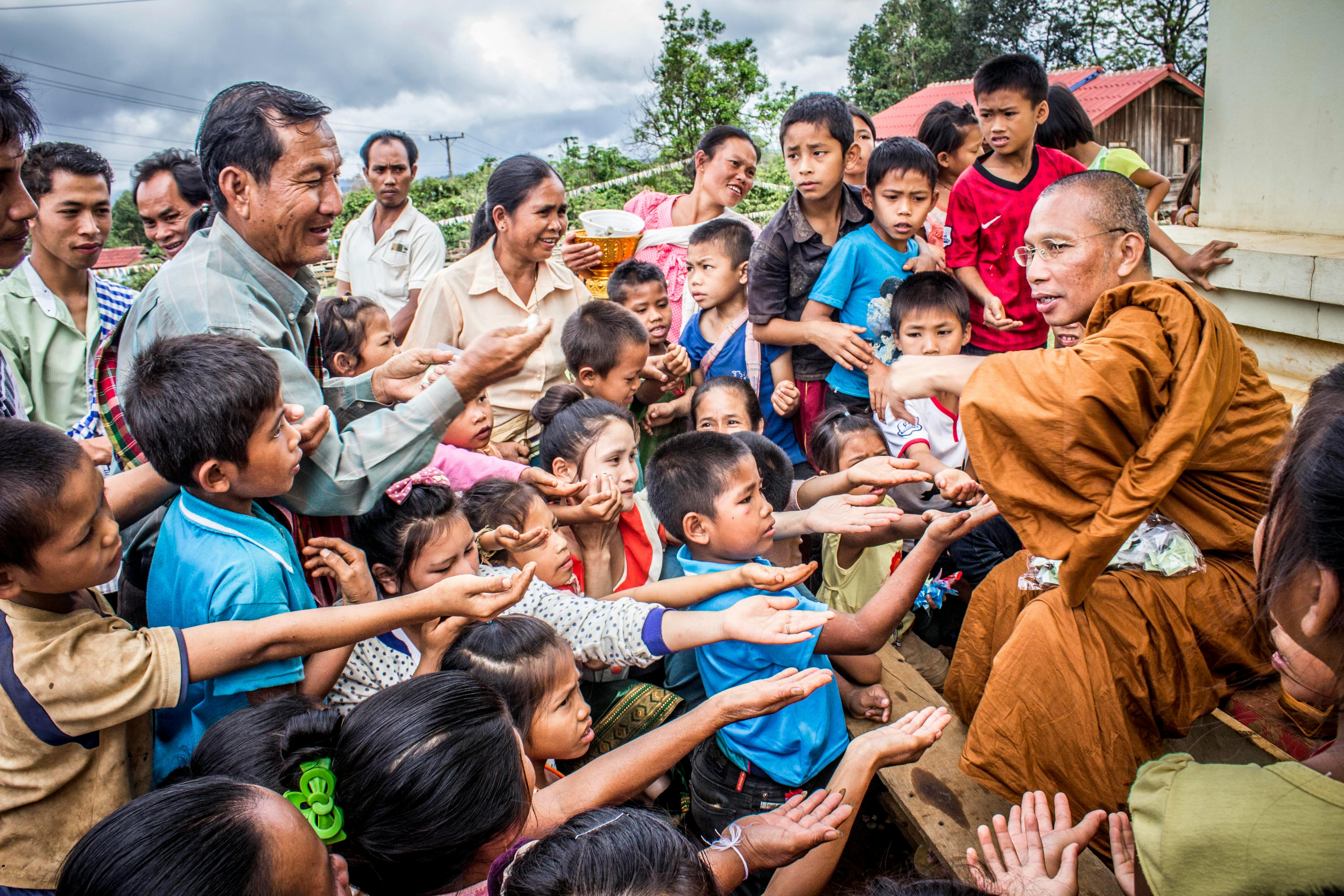In the Philippines, bridal customs vary depending on the region, church, and ethnicity. Some couples, for instance, make a particular sticky wheat cake or perform traditional moral ceremonies. Many couples host something equivalent to a rehearsal dinner https://books.google.fr/books?id=AtuY_n0syQcC&pg=PT31&lpg=PT31&dq=why+women+so+perfect&source=bl&ots=ZcUoONGtdV&sig=ACfU3U3E61g_CSJxgZCfQRJ1E8e4r6_zbQ&hl=en for their guests in a more contemporary building.
Filipinos likewise have bridal sponsers or “aunties and uncles,” although the majority of couples may have a maid of honor. These special guests are known as the “ninang” or “ninong” for the bride, “ninong” for the man, and “ninong” for the groom. They perform ceremonial rituals like wire ceremonies and gold ceremonies.
In the Philippines, seeking parental approval is a major part of the marriage custom. In front of the rest of the wedding guests and occasionally even the priest, the ninang or ninong gently touching their parent’s hand to their own forehead, although this is n’t always done during the ceremony christianfilipina itself. They are acknowledging that they are giving their child to their companion and show respect for their relatives in this gesture.
The pamamanhikan is another significant bridal meeting. This crucial stage of a married couple’s relationship is significant because it represents the man’s commitment to his potential girlfriend’s union with her family. The woman’s community accepts his proposal after that.

In Philippine marriages, the aras or arrhae is a well-known icon. It is a bride adornment with thirteen coins that represent the couple’s great health, prosperity, and luck. It is typically held by a pretty penny bearer. During the service, the bridegroom next places the arrhae or aras on the bride’s finger.
